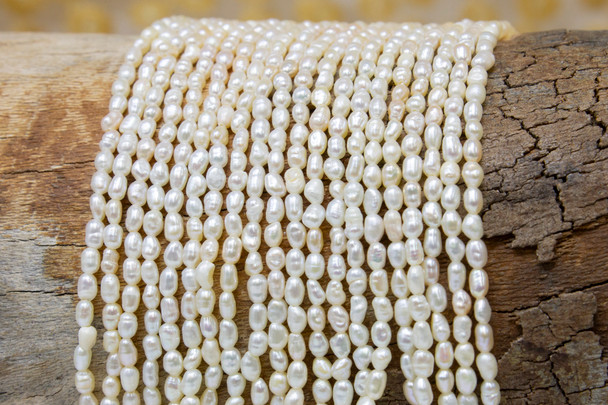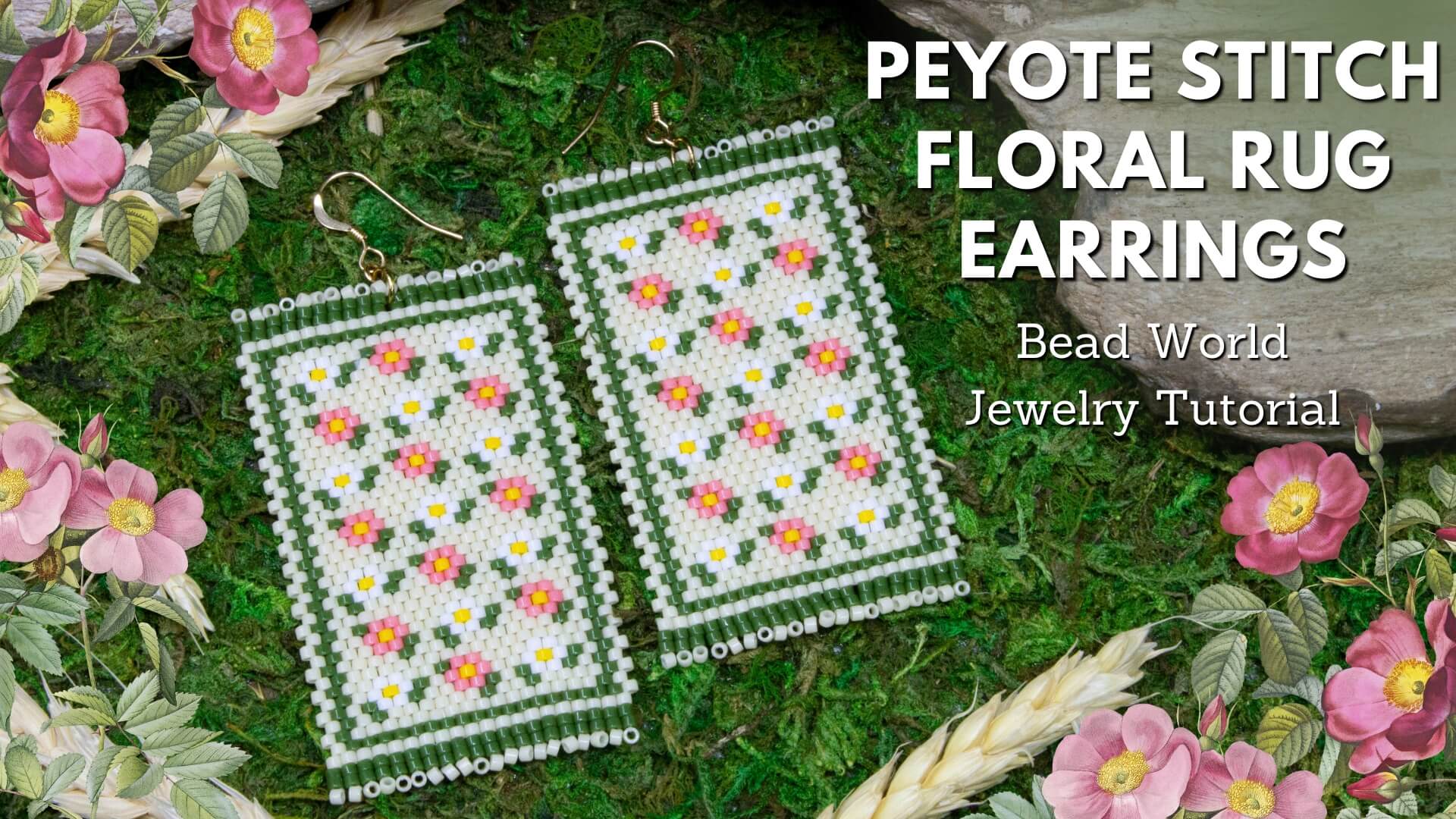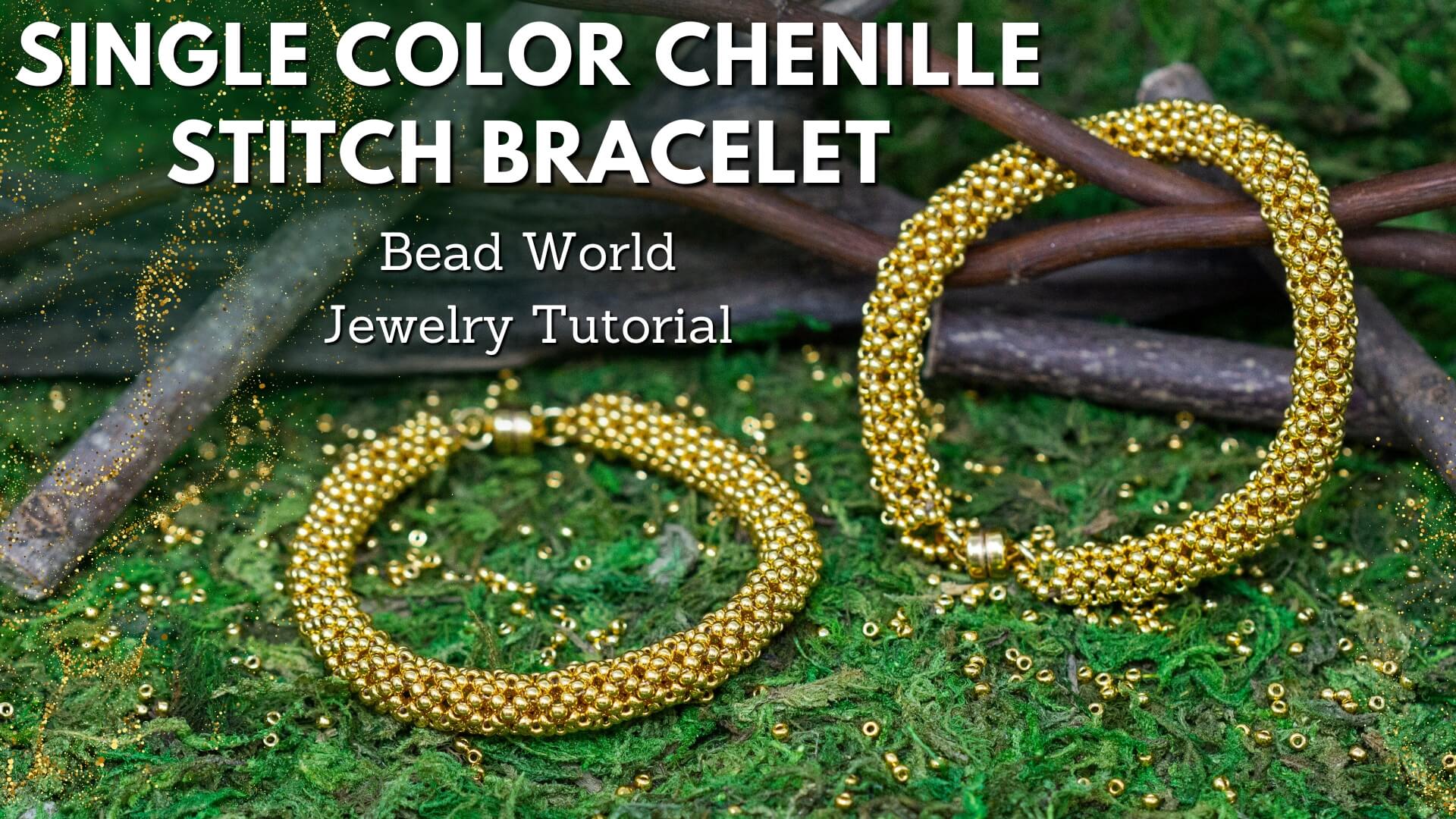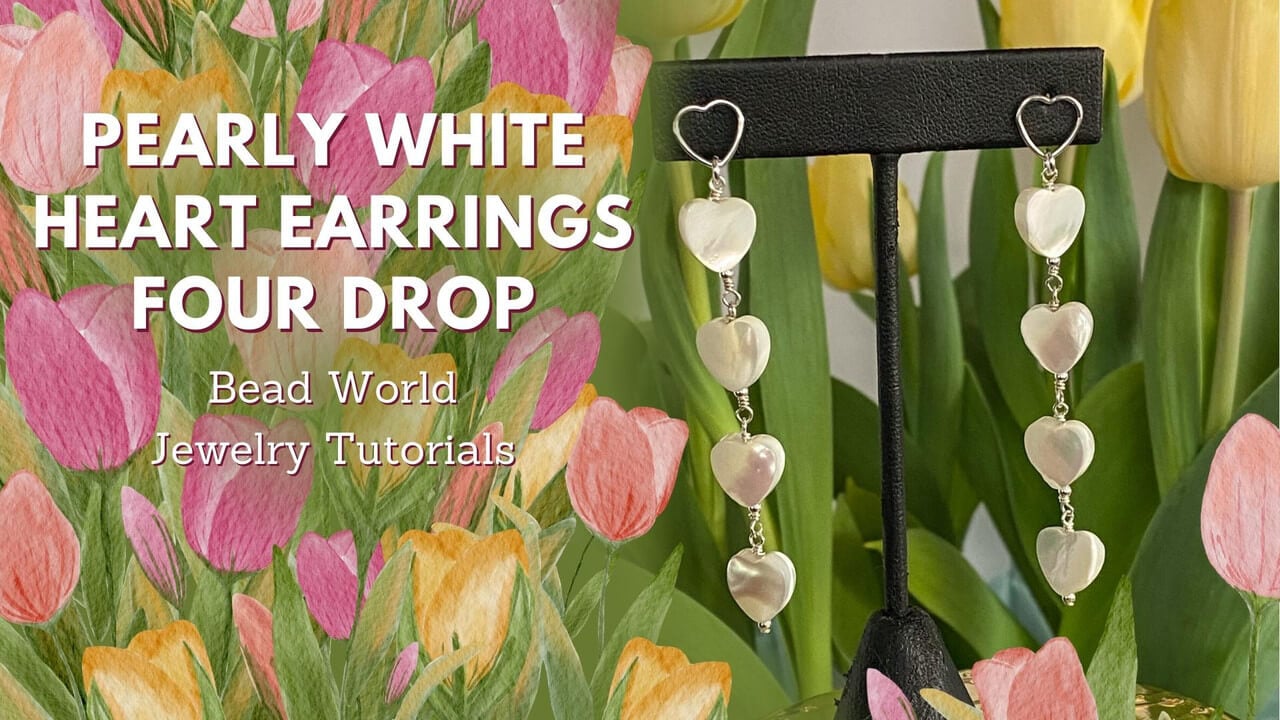Description
- Approximate beads per strand: 100
- What is it: Pearls are produced within the soft tissue of select mollusks. They are formed as a defense mechanism against a potentially threatening irritant (such as debris) inside the shell. The mollusk creates a "pearl sac" to seal off the irritation. Pearls are really a result of an immune response.
- History: Throughout history, many cultures prized pearls for their beauty, while other cultures placed very little value on pearls and instead placed value on the luminescent mother-of-pearl shells. Pearls were said to be one of the attractions which drew Julius Caesar to Britain.
- Metaphysical Properties: Pearls are believed to promote purity, faith, charity, and personal integrity. Because of its water and lunar elements, it is said to balance emotions, especially to astrological water signs.
- Because gemstones are natural materials, appearances may vary from bead to bead.
Additional Information
Finish: |
Polished |
Hole Size: |
.5mm |
Approx. Strand Length: |
15 inches |
Shape: |
Rice |
Sold: |
By the strand |
Color: |
White |
Material: |
Pearl |
Dimensions: |
2.5-4mm |
Range: |
2-2.9mm |
Range: |
4-5.9mm |
























